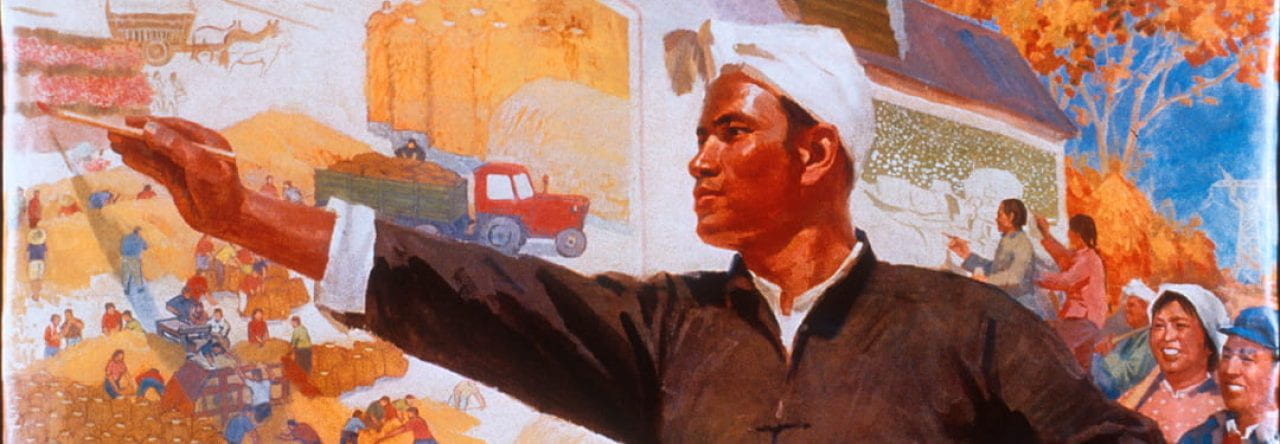Huang Yong Ping was a Chinese-French contemporary artist who was born on February 18th, 1954. He was born in Xiamen which is an fourth largest island in the Fujian providence. He is a self taught artist, but later went back and graduated from an art school in Hangzhou. At the age of 35 he traveled to Paris which was a contemporary art exhibition. This was when he fell in love with France and moved there for the rest of his life until his passing on October 20th, 2019. Huang was in Paris during the Tiananmen Square massacre however decided not to return to China after that. He then also change his focus primarily on Taoist and Buddhist philosophies. He became one of the most famous, controversial, and pro China Avant-garde artist. He is the founder of the group Xiamen Dada. The motto for this group was Zen is Dada, Dada is Zen.
“Huang Yong Ping.” Kamel Mennour, https://kamelmennour.com/artists/huang-yong-ping.








